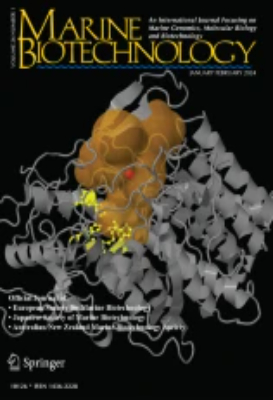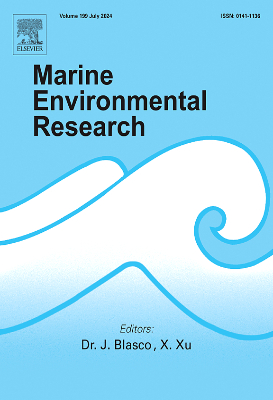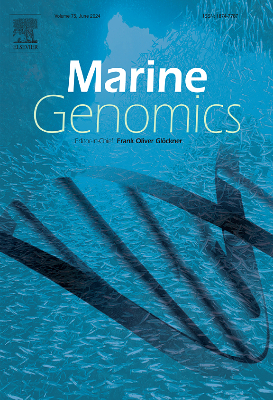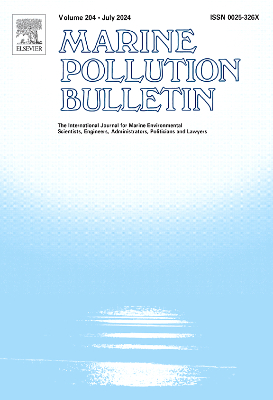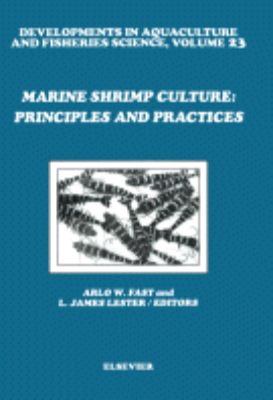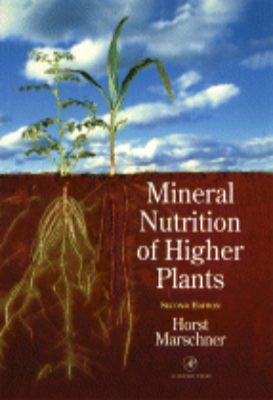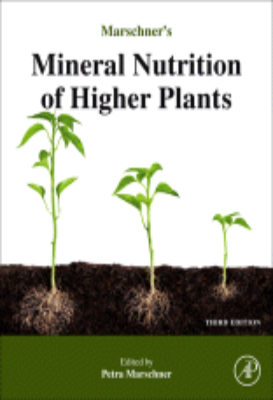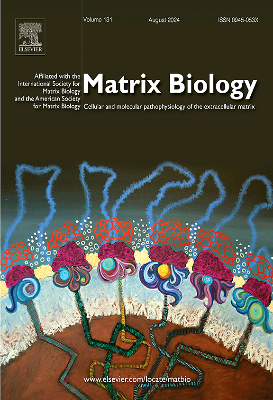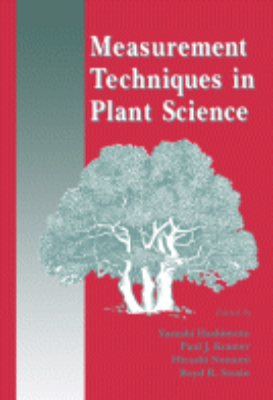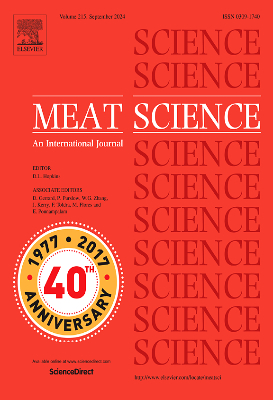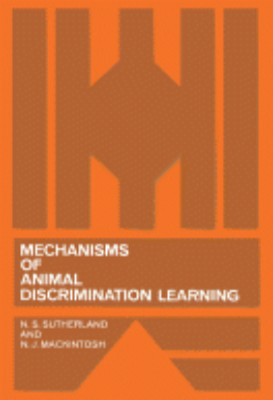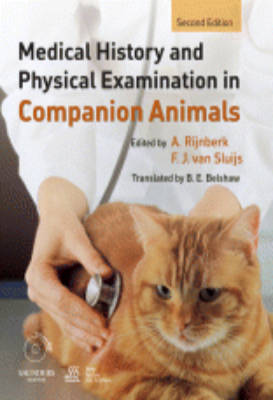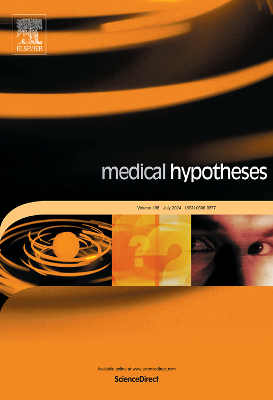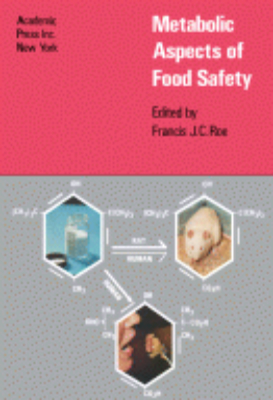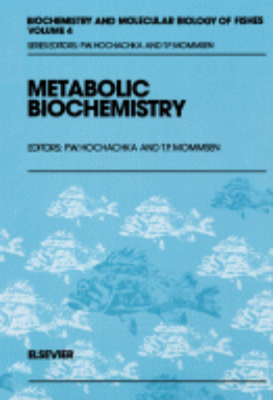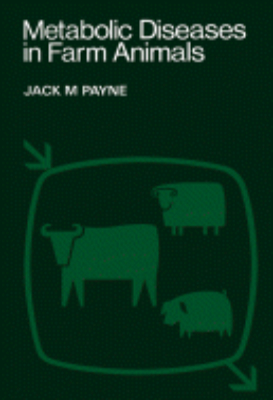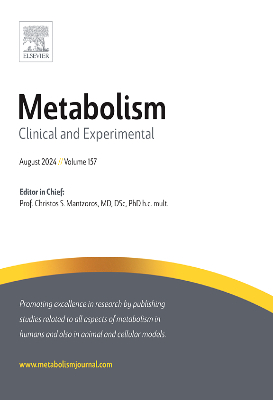E-Resources
Marine Faunal Diversity in India
"More than 70% of the earths surface is covered by water, making it an ideal and abundant resource for studying species diversity, faunal communities, and ecosystems. Indias massive coastline (5,044 miles) means it plays a major role in housing these faunal communities. Of the 32 animal phyla, 15 are represented in Indias marine ecosystem, covering more than 15,000 species. Marine and coastal ecosystems of India provide supporting services in the form of wide range of habitats. Major ecosystems such as estuaries, mangroves, coral reefs, lagoons, seaweeds and sea grasses serve as nurseries for both inshore and offshore fishes and others, many of which are supposed to be commercially exploited. Marine Faunal Diversity in India describes different marine faunal group ranges from sponges, corals, mollusks, crabs, fishes, reptiles, birds, marine mammals, mangrove fauna and tsunami impact on marine faunal diversity. The chapters, written by reputed experts in their respective fields, illustrate diversity and distribution of marine faunal communities. Key aspects of the ecology and conservation of this important ecosystem are also discussed. Marine Faunal Diversity in India provides marine biologists and related researchers with access to the latest research and field studies from this major region. Key Features. Provides the latest field research on marine faunal diversity throughout the vast and species-rich Indian region. Brings together expertise from top marine biology researchers in the country. Covers a diverse array of aquatic environments, including coastal and island areas. Discusses conservation ecology of marine faunal groups"
Marine Shrimp Culture
The commercial culture of marine shrimp in tropical areas has grown at a phenomenal rate during the last 10 to 15 years. This book provides a description of principles and practices of shrimp culture at one point in time and documents both historical events and conditions now. It also tries to look into the future. The volume provides both practical information about shrimp culture, as well as basic information on shrimp biology. It should be of value to researchers, consultant practitioners and potential investors in the marine shrimp culture industry.
Marschner’s Mineral Nutrition of Higher Plants: 1995
"An understanding of the mineral nutrition of plants is of fundamental importance in both basic and applied plant sciences. The Second Edition of this book retains the aim of the first in presenting the principles of mineral nutrition in the light of current advances. This volume retains the structure of the first edition, being divided into two parts: Nutritional Physiology and Soil-Plant Relationships. In Part I, more emphasis has been placed on root-shoot interactions, stress physiology, water relations, and functions of micronutrients. In view of the worldwide increasing interest in plant-soil interactions, Part II has been considerably altered and extended, particularly on the effects of external and interal factors on root growth and chapter 15 on the root-soil interface. The second edition will be invaluable to both advanced students and researchers. Key Features. @introbul:Key Features. @bul:* Second Edition of this established text. Structure of the book remains the same. 50% of the reference and 50% of the figures and tables have been replaced. Whole of the text has been revised. Coverage of plant (soil interactions has been increased considerably)"
Marschner’s Mineral Nutrition of Higher Plants: Third Edition 2012
"An understanding of the mineral nutrition of plants is of fundamental importance in both basic and applied plant sciences. The Third Edition of this book retains the aim of the first in presenting the principles of mineral nutrition in the light of current advances. This volume retains the structure of the first edition, being divided into two parts: Nutritional Physiology and Soil-Plant Relationships. In Part I, more emphasis has been placed on root-shoot interactions, stress physiology, water relations, and functions of micronutrients. In view of the worldwide increasing interest in plant-soil interactions, Part II has been considerably altered and extended, particularly on the effects of external and interal factors on root growth and chapter 15 on the root-soil interface. The third edition will be invaluable to both advanced students and researchers. Key Features. Third Edition of this established text. Structure of the book remains the same. 50% of the reference and 50% of the figures and tables have been replaced. Whole of the text has been revised. Coverage of plant (soil interactions has been increased considerably)"
Matthews’ Plant Virology
It has been ten years since the publication of the third edition of this seminal text on plant virology, during which there has been an explosion of conceptual and factual advances. The fourth edition updates and revises many details of the previous editon, while retaining the important older results that constitute the field's conceptual foundation. Key Features @introbul:Key features of the fourth edition include: @bul:* Thumbnail sketches of each genera and family groups * Genome maps of all genera for which they are known * Genetic engineered resistance strategies for virus disease control * Latest understanding of virus interactions with plants, including gene silencing * Interactions between viruses and insect, fungal, and nematode vectors * New plate section containing over 50 full-color illustrations
Measurement Techniques in Plant Science
"Any explanation of the physiological ecology of plant growth--why plants survive in particular environments--requires the measurement of the effects of environmental factors. This book reviews the history, development, and current status of instruments and measurement techniques that have been particularly useful in field studies of plant physiological ecology. It will be of interest to researchers and students in plant physiology and biochemistry, crop scientists, horticulturalists, and foresters. Key Features. Miniaturized, portable gas exchange measurement systems. Permanent field installation for transportationo measurements. Automated plant-water sensing system. Use of chlorophyll fluorescence for screening of tolerant genotypes"
Mechanisms of Animal Discrimination Learning
Mechanisms of Animal Discrimination Learning provides a review of the field of animal discrimination learning, with discussions into other areas such as generalization, partial reinforcement, and some aspects of comparative psychology. This book elaborates the origins of continuity-noncontinuity controversy, analysis of attentional learning, Lashley and Wade's account of generalization, and evidence for a two-process analysis of the ORE. The reversal and nonreversal shifts, response unit hypothesis, inconsistent reinforcement and extinction of choice behavior, and aims and problems of comparative psychology are likewise described This text likewise covers the Zeaman and House model, Lovejoy's Model III, determinants of generalization gradients, cognitive dissonance hypothesis, and theoretical relevance of comparative psychology. This publication is a good source for biologists and researchers concerned with animal discrimination learning.
Medical Biochemistry
"Thoroughly updated and in a new two-color format, this well- respected text presents the fundamentals of biochemistry and related topics to students pursuing a one- or two-semester course in pre-med biochemistry or medical programs. The second edition is equally applicable to other health-related fields such as clinical chemistry, medical technology or pharmacology. Medical Biochemistry, Fourth Edition, focuses on the foundations and clinically relevant applications of normal human biochemistry and pathology. Abundantly illustrated with four-color plates. Key Features. Revised chapters on molecular biology reflect the latest research in the field. Two color throughout with four color plates. Reference quality appendices include practical information on clinical lab parameters used to diagnose a range of diseases"
Medical Epigenetics
Medical Epigenetics provides a comprehensive analysis of the importance of epigenetics to health management. The purpose of this book is to fill a current need for a comprehensive volume on the medical aspects of epigenetics with a focus on human systems, epigenetic diseases that affect these systems and modes of treating epigenetic-based disorders and diseases. The intent of this book is to provide a stand-alone comprehensive volume that will cover all human systems relevant to epigenetic maladies and all major aspects of medical epigenetics. The overall goal is to provide the leading book on medical epigenetics that will be useful not only to physicians, nurses, medical students and many others directly involved with health care, but also investigators in life sciences, biotech companies, graduate students and many others who are interested in more applied aspects of epigenetics. Research in the area of translational epigenetics is a cornerstone of this volume.
Metabolic Aspects of Food Safety
Metabolic Aspects of Food Safety is based on the proceedings of the Second Food Safety Conference held in 1969. The first conference was held in April 1966 and was concerned solely with the Pathology of Small Laboratory Animals. The program of the second Conference was intended to be complementary to that of the first. In 1966, the animals used for tests were considered. The 1969 conference focused on the tests themselves and their interpretation in relation to the toxicity or safety of the constituents, including additives and contaminants, of man's food for man. The contributions made by researchers at the conference included studies on the need for more biochemical information in food safety evaluation; the physiology of gastrointestinal absorption; renal function tests in laboratory animals; significance of age of test animals in food additive evaluation; aspects of protein metabolism relevant to food safety evaluation; and significance of organ-weight changes in food safety evaluation.
Metabolic Biochemistry and Molecular Biomechanics
The Mollusca, Volume 1: Metabolic Biochemistry and Molecular Biomechanics provides information pertinent to the advances in the traditional areas of biochemistry and in other developed areas that have become a part of molluskan biochemistry. This book discusses the developments in the various aspects of molecular biomechanics and environmental biochemistry. Organized into 11 chapters, this volume begins with an overview of the phylum Mollusca. This text then provides information about the general features of the main classes and their evolution, the anatomical organization of mollusks, and a classification of the primary taxonomic groups of mollusks. Other chapters consider the functional mechanical properties of two protein rubbers found in molluskan connective tissues. This book discusses as well the mechanical properties of molluskan mucins. The final chapter deals with the significance of quinone tanning in mollusks. This book is a valuable resource for researchers of the Mollusca and other phyla, as well as to teachers and qualified graduate students. Biochemists and physiologists will also find this book useful.
Metabolic Diseases in Farm Animals
Metabolic Diseases in Farm Animals discusses metabolic diseases in farm livestock, focusing on four clinical syndromesparturient hypocalcaemia, hypomagnesaemia, ketosis, and bloat. This book discusses metabolic disorders associated with water, calcium, magnesium, sodium, potassium, nitrogen, and phosphorus. The parturient paresis, which causes considerable metabolic stress and disrupts the daily pattern of feeding and digestion of dairy cows is also elaborated. This text covers the changes in mineral metabolism at parturition; factors predisposing dairy cows to parturient paresis; cause of paresis in milk fever; and downer syndrome in dairy cows. The complexity of energy metabolism and its associated disorders are likewise described. This publication is a good source for veterinarians and livestock farmers concerned with metabolic diseases in farm animals.


